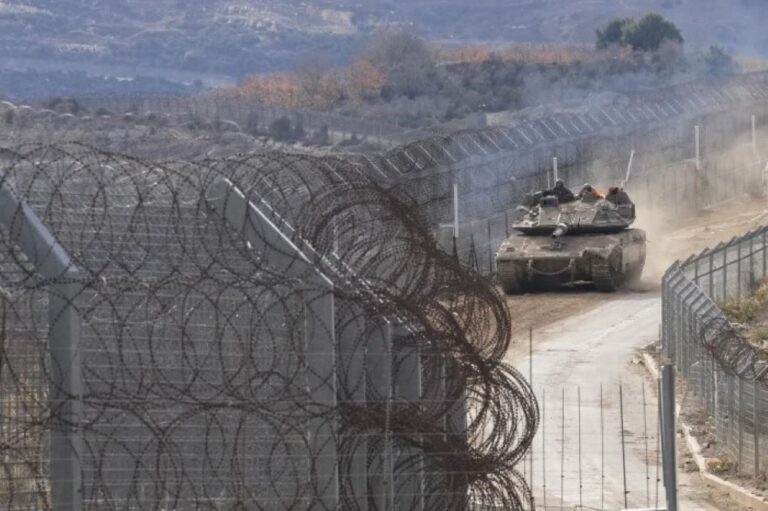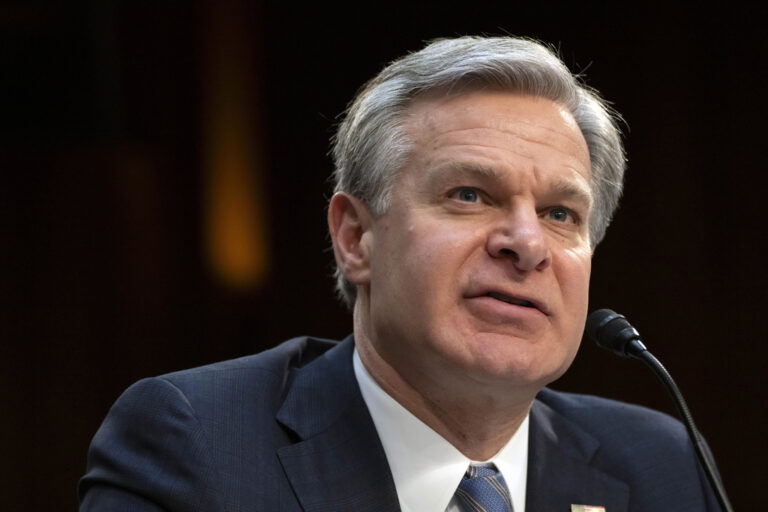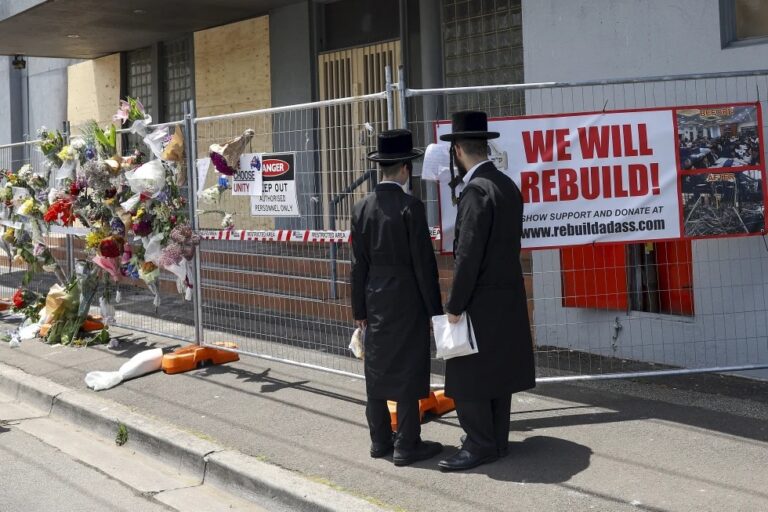 The NY Times reports: One bank robber is aggressive. He always waves a black or silver pistol. He often pulls a scarf over his face and shouts orders to the tellers.
The NY Times reports: One bank robber is aggressive. He always waves a black or silver pistol. He often pulls a scarf over his face and shouts orders to the tellers.
The other is more passive. He passes notes across the counter and walks away if rebuffed. He wears a hat and glasses and strikes mostly late in the day.
The police say these two men have hit bank branches 24 times in New York City this year, and are largely why the number of bank robberies, after surging last year, is on track to be even higher in 2009.
“We’ll get them,” said Deputy Inspector Charles P. Neacy, sitting at 1 Police Plaza with files on the two robbers in his hands. “As they keep doing them, we are able to pick up additional evidence, whatever it might be.”
Police Commissioner Raymond W. Kelly has expressed concern over the frequency of bank robberies and the seeming ease in carrying them out, particularly at certain branches. He met in January with executives of major banks to push a set of “best practices” for security that were developed in 2003, during the last wave of robberies. Inspector Neacy, who commands the Major Case Squad, has followed up with branch managers.
Now, in the face of a surge, Mr. Kelly said he might push for a city law first contemplated six years ago to require dividers of reinforced glass between customers and tellers, along with other measures he believes would help deter the crimes and lead to more arrests.
He said that he was happy with the cooperation he was getting from most banks, but that he had met some resistance from TD Bank, which detectives say is vulnerable because of an environment bank officials see as more inviting than daunting, with open counters and no partitions. “I am not satisfied with their response,” the commissioner said of his talks with TD, which bought Commerce Bank last year.
Rebecca Acevedo, a bank spokeswoman, said TD followed most safety recommendations but eschewed “bandit barriers” because studies showed that they heightened chances for danger.
“We believe the bandit barriers place customers and employees at risk because they cannot all be behind the barriers,” she said. “So that means it increases the likelihood that a customer or employee could be subject to violence or used as a hostage.”
Besides barriers, the police want banks to use guards or greeters — TD branches do this — who might deter would-be criminals by their presence. They also want banks to use dye packs when filling bags with cash, to put height markers by doorways to determine heights of suspects, and to have countertops on which a robber can leave fingerprints.
Michael P. Smith, the president of the New York Bankers Association, a group that represents commercial banks and thrift institutions in the state, including 1,600 branches in the city, said he would prefer that banks tailor their own security plans rather than have blanket directives foisted upon them by law.
“There is a difference of opinion in security, from a consumption standpoint and a law enforcement standpoint, about whether bandit barriers provide a deterrent,” he said. “Our view is that every possible security procedure should be explored, and I know that the individual banks that have been mentioned, that don’t have bandit barriers, are having conversations with the department to either put in bandit barriers or make other security enhancements.”
The police say that banks with barriers do get robbed, but that their data shows it happens less often than at banks with no barriers. For instance, TD Bank has one of the highest instances of being robbed: This year, there have been 11 robberies among its 69 branches, while there have been 6 among Chase’s 275 branches.
To make the point, Inspector Neacy said that the note-passing thief tried to hit three Chase branches on March 2, before giving up because at each branch a teller — behind bullet-resistant glass — walked away. The suspect then went to a TD Bank with no bandit barriers. “He passes a note and gets cash,” he said.
Last year, banks were robbed 444 times in the city, more than one robbery for each day — and a 57 percent increase over 2007. The police figures reflect all holdups, regardless of whether a suspect left with cash.
This year, bank robberies through March 11 increased to 80 from 54 in the same period last year. More often than not, the thief is caught; since Jan. 1, the police have made arrests in 65 cases, though some were for robberies that occurred before 2009.
Surveillance video and other clues have led officers to believe that the same gun-wielding man has robbed bank branches 11 times and the note-passer 13. All but one of those robberies were in Manhattan.
The note-passer has struck between 4 and 5:30 p.m., entering a bank and producing a note that states he has a gun and wants money. Twice, he hit the same HSBC branch at Eighth Avenue and 14th Street.
Once, in an apparent slip-up, he passed a blank piece of paper, prompting the teller to say, “What’s this?” He left. The police described him as white, about 25 years old, 5 feet 10 inches to 6 feet, and 160 to 190 pounds.
The second suspect is intimidating and persistent. “If one teller refuses, he’ll go to another,” said David Caskey, the bank robbery coordinator for the F.B.I. and Police Department’s Joint Bank Robbery Task Force, formed in 1979.
That man usually walks in wearing a hat and gloves, pulls a scarf over his face and waves a gun. He is black, in his mid-30s, 6-foot-2 to 6-foot-4, and 195 to 225 pounds.
When the police arrest suspects, detectives ask them about their methods and why they pick the banks they do.
“What they tell us is they’re looking for the easy hits,” Inspector Neacy said.
Bank robbery suspects trade information in jail about easy marks, he said, and jail guards at Rikers Island have even found notes that inmates wrote to teach other inmates how to do it.
“They were practicing,” Inspector Neacy said.











One Response
why don’t they just let all bank employees carry dangerous weapoms?